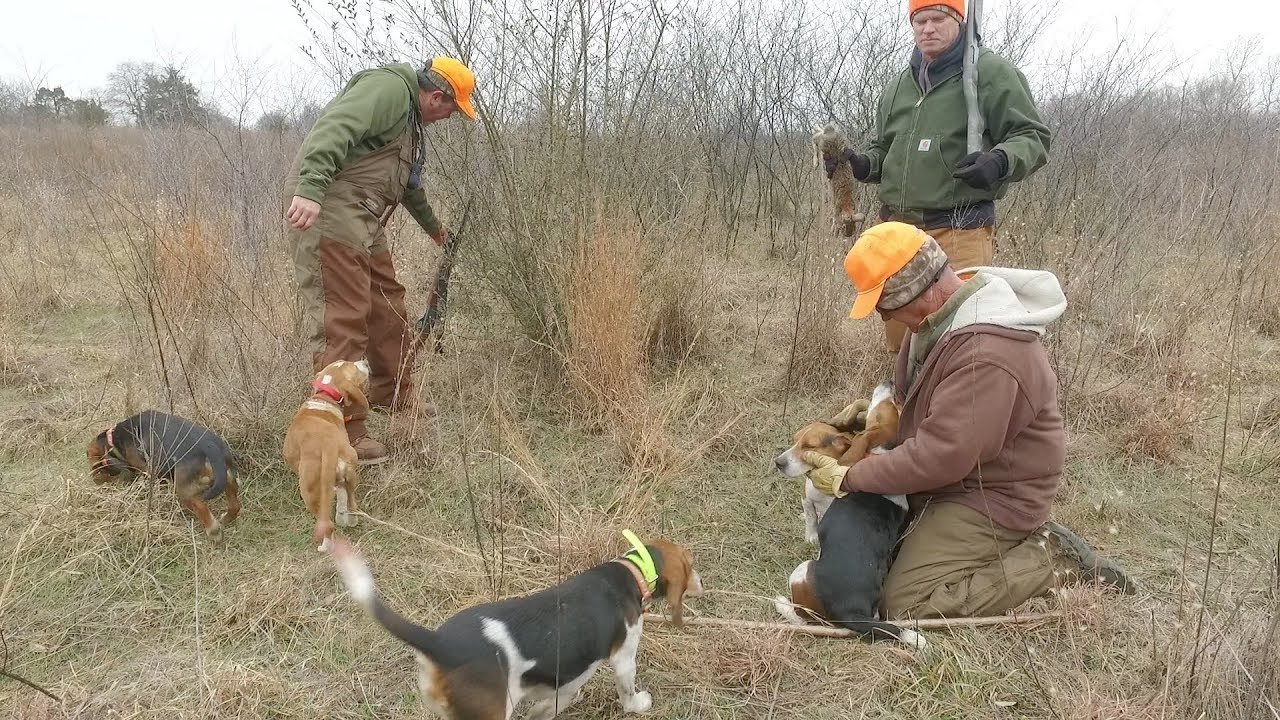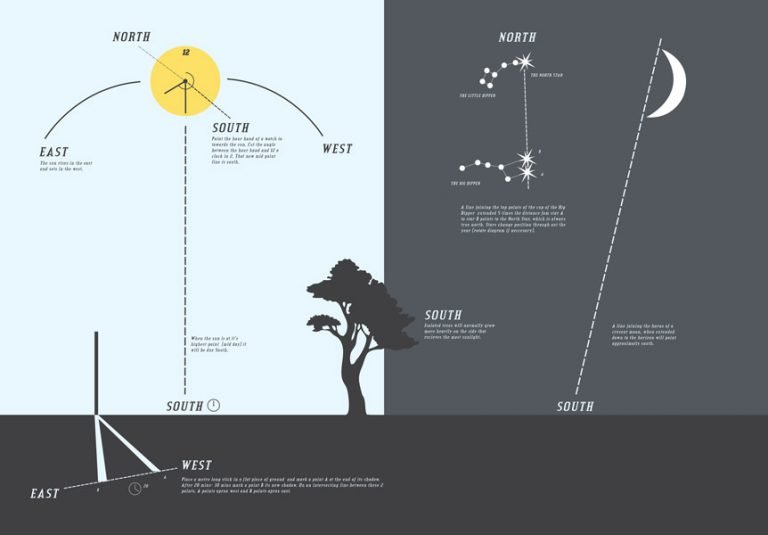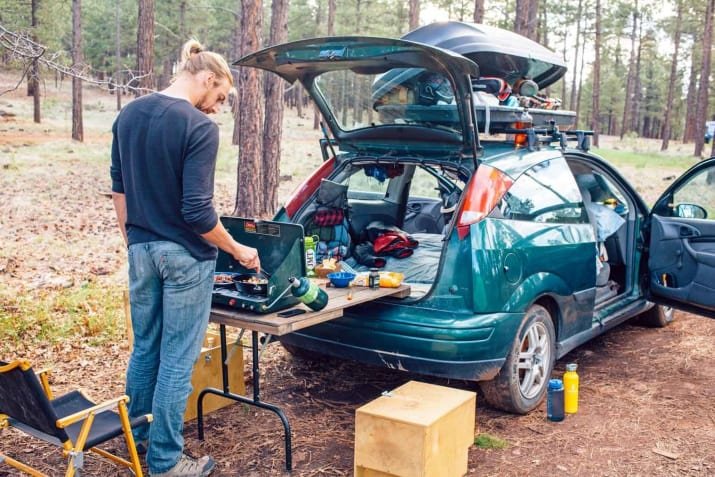Rabbit Hunting Dogs, The Laws, The Breeds and Methods
Using hunting dogs dates back to ancient Egypt. Mans best friend makes his place know through out history as one of the greatest hunting aids available. So it is no wonder that even today our four legged side-kick is used for hunting wild rabbit.
The use of dogs is a touchy issue now. The law has clamped down on their use for hunting and this has even affected the hunting of rabbits. This section of the site aims to remove all the rumor and miss-understanding. Allowing you to worry about what matters most, the hunt.
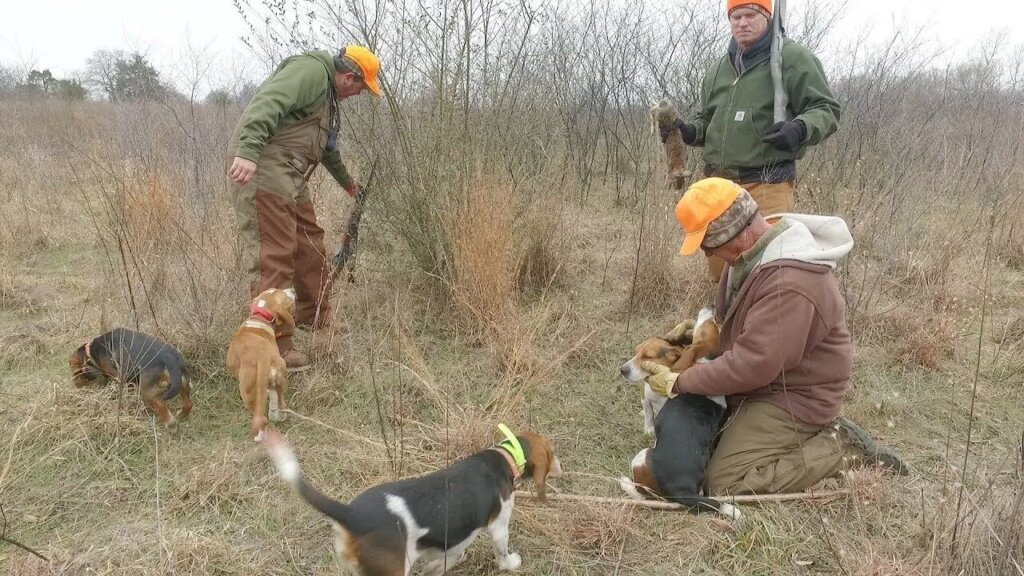
Using a dog can dramatically improve your odds in the field in many many ways. Working your animal can mean having a beagle flush a rabbit towards your shot gun. It could mean having a retriever pick up your successful shot. It is even possible to replace your .22 rifle with a lurcher while you lamp, all possible with the correct know how and training.
Along with all the information on breeds and types of hunting dog, you can find out all about the different methods of training, hunting and housing a working animal. Before you even buy a dog (or consider beginning to train one) you must understand what it will involve and careful think about all of the animals needs, such as food, shelter and most of all care.
The methods in which a dog is used can vary a lot. They can be used for anything from flushers or trail finders. Watching a beagle, lurcher or retriever you have carefully trained working well is something every dog trainer hopes for. With the correct approach and method it can be achieved by all most anyone.
Hunting Dog Breeds
Mans best friend comes in many different shapes and sizes but which dog breeds do what? Below is a simple breakdown of all the different groups, what they do and a small summary.
Hounds
Hounds are a common choice in all hunting sports linked to mammals. Their amazing sense of smell, sight or speed makes them a great hunting asset. They are divided into 3 categories:
Sight Hounds
Sight hounds are used, of course, for their sight but also their speed. They will spot, stalk, chase and kill their pray very quickly and efficiently. This is know as coursing. The main dog breed used for this is the Greyhound.
Common sight hounds include
• Afghan Hound
• Galgo Español
• Whippet
• Greyhound
• Scottish Deerhound
• Silken Windhound
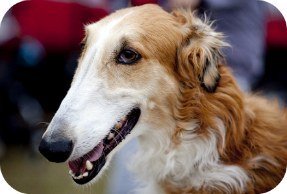
Lurchers
Being a lurcher means the dog is of crossed breeds. Normally a sight hound mixed with a different breed, meaning lurchers can be selectively bred with certain temperament. They are normally mixed with pastoral dog or terrier.
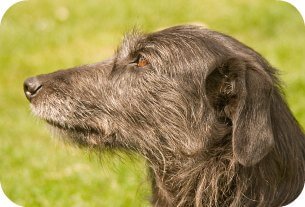
Scent hounds
Used for trailing a scent to flush or kill, scent hounds hunt in packs. Although British law now forbids most sports from using packs of dogs it is normal for hounds to used in pairs.
Common scent hounds include:
• Basset Hound
• Beagle
• Foxhound
• Beagle-Harrier
• Bloodhound
• Coonhound
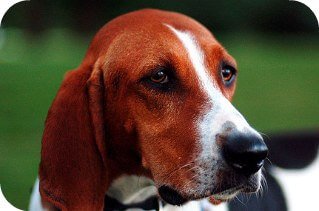
Retrievers
Used for finding and returning shot game, the retriever is the soft mouth of the dog breeds groups. Only acting on command, retrievers are very intelligent and disciplined.
Common Retrievers include
• American Water Spaniel
• Curly-Coated
• Retriever
• Labrador Retriever
• Flat-Coated Retriever
• German Shepherd
• Golden Retriever

Spaniels
Commonly used for hunting upland game birds, this dog is a well equipped hunter. A sharp nose, soft mouth and steady feet make this a favorite for a lot of people.
Common spaniel breeds include
• Blue Picardy Spaniel
• French Spaniel
• The Brittany
• Cocker Spaniel

Setters
The setter is properly the most used of the dog breeds for hunting game such as quail, grouse or pheasant. Setters get their name from the “set” stance they freeze in once they find their prey.
Common Setter breeds include
• English Setter
• Gordon Setter
• Irish Red and White Setter
• Gordon Setter
• Black Welsh Setter
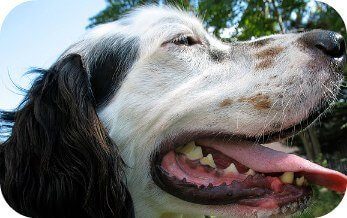
Pointers
Used for finding and pointing out prey, the pointers allow shooters to get into range before a shot.
Common pointer Breeds include
• German Shorthaired Pointer
• English Pointer
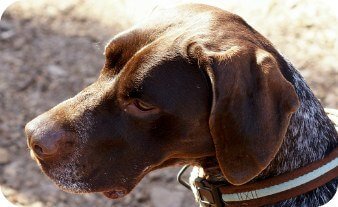
Small Game Dogs
Feists
A small dog used to hunt game, especially squirrels.
Terriers
This breed is used to hunt mammals by hunting within the animals den or set. They will cause the animal to bolt, capture it or kill it depending on how they are trained. Terriers have a very large breed group.
Curs
Curs are used like terriers but for larger game due to their slightly larger size.
Common Breeds Include
• Blackmouth Cur
• Catahoula Cur
• Treeing Cur
• Mountain Cur
• Stephens Cur
Lamping With Lurchers
A Wonderful Sport
What’s the best way to see a rabbit hunting dog in action? Well if you ask me, lamping with lurchers will take some beating. And it’s not just for rabbits. Foxes and hares can make for great prey when you combine the use of your dog and lamp.
So what is lamping exactly? The lurcherman aims a high powered lamp on his prey, if he feels it’s a suitable target, he lets slip his lurcher/s to make the kill. But of course it’s not as simple as that! The hunter must take his time to carefully position himself and his dog, carefully scan the field for prey, and make the decision on whether or not to let the lurcher loose. All this makes lamping with lurchers a highly skilled and enjoyable spot.
What You’ll Need
It goes without saying, you’ll need a lurcher. There are no end to the possible crosses of lurcher and it often depends on what the hunter likes best. So as long as it’s a nice, obeying and fast dog, you should be fine. The rabbit hunting dog breeds that are most common for lurchering are collies, bulls, the saluki and the deerhound. The crossbreed hardly even matters!
The next question is one dog or two? This debate seems to have no answer other then that formed by who ever you are asking. I think its only logical that two dogs are more likely to catch, but many say that a solo dog will never get caught in a tangle of legs or become confused by the others movements. I think the only real answer is go with that you fancy. If you have two dogs to run, go for it!
(Note: it is illegal to go lamping with lurchers with more then two dogs in the UK because of Hunting Act 2004 )

The only other thing you need is a lamp. With so many on the market it’s almost impossible to choose and decide. Just make sure that it emits a strong and solid beam and that it can be carried without to much difficulty. I would strongly advise you buy touches with a power rating over 50w or it just won’t be strong enough. Also keep an eye out for the famous ‘1 millon candle power’ types, these seem like they where made for lamping with lurchers.
If you plan on hitting the same field a few times it’s worth getting a red filter lens. If rabbits see a beam of light and a lurcher flying at them at full pace a few times they get lamp shy. And can you blame them?
How To Lamp
The first step is to study the grounds you plan to lamp on carefully during the day. Study the land and take in all the locations rabbits are likely to be (hedgerows, ditches, tree lines) and take extra care to note anything that might harm your dog. If you skip this step there’s a chance you’ll send your best rabbit hunting dog full pace into a barbwire fence, a ditch or over a set of ankle snapping holes. As a rule of thumb, if you wouldn’t want to run over it barefooted, your dog wouldn’t want to.
Once your all set, its time to head out. Get the land owners permission and inform them what day/s you’ll be out on. Just to avoid any problems later on. The best nights are dark, windy nights. Lots of cloud is ideal but otherwise nights with as little moon in the sky as possible are best. Take the wind into account and try to have it blowing towards you from the rabbit hot spots. This will hide the smell and sound of you getting closer and will make lamping with your lurchers much easier.
Use your lamp to slowly scan the field in places you’re hoping to find prey. Keep a tight grip on your dogs collar or scruff, you don’t want him bolting at the first thing he sees. Once you spot that ruby glint in the bunnies eye be very careful not to flood it with light, you might spook it. Make sure that your aimed at your intended prey. Sending a dog after a pair of eyes could result in a nasty mishap with a pet cat, a small deer or even other dogs!
Now you have the rabbit in your sight, but does your dog? If the dog is new to the sport he might not understand. Keep the beam on the prey and try to direct your dogs face to it. It can help using commands like “see it?”. Once he spots it you’ll know, he’ll perk up and might even pull away. Only when you’re sure its safe, release your lurcher.
The changes of a well trained lurcher catching anything you send him after is about 60-70%. A lesser trained dog might struggle the first few times and you’ll have to be patient with it until he/she comes to grips with the sport. But once both the lurcher and master are well homed, a night out can catch a huge bag of rabbits.
Other Lamping Tips
• There is no point in lamping with lurchers unless you can call them back first time every time. Take your time to train you dog to become loyal and obedient.
• Be ready to kill the rabbits manually, you can find out how by reading my page on Killing rabbits
• Always have a spare battery for your lamp, you’ll hate having to cut a trip short im sure
• Stealth is key, sneaky hunters bag the bunny!
• If you know other lurcherman, taking your dog out on a trip with them will give it a pack mentality. Meaning he/she will try her best to mimic the others, a great training aid.

